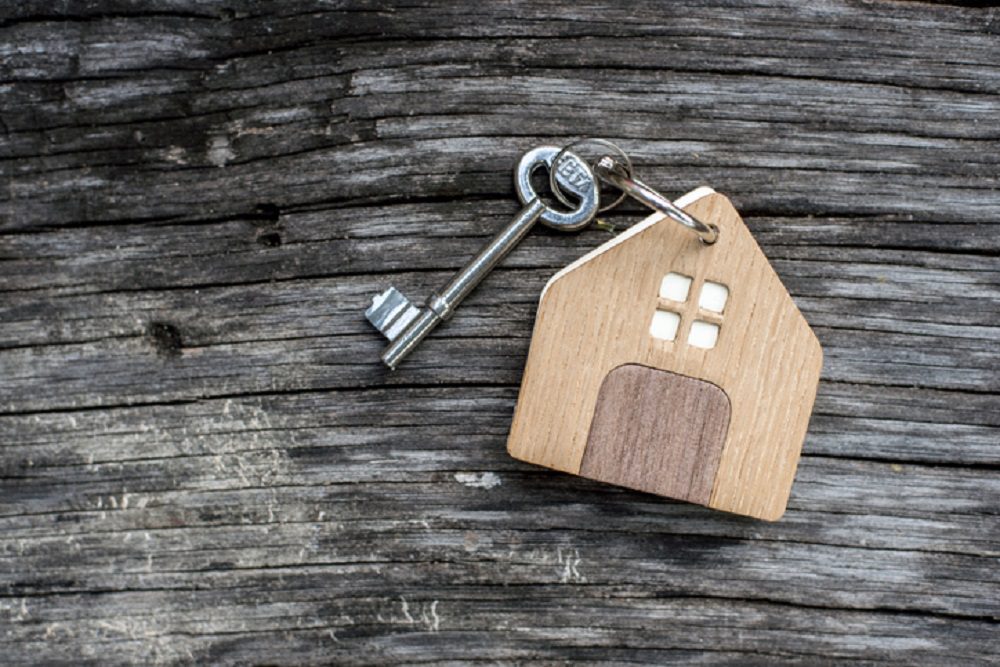Twenty years ago, virtually any lock was secure—but these days, anyone can learn how to get past a range of locks just by watching YouTube. Here’s how to defend your family and property against the latest lock threats…
Have “high security” locks installed on your doors. Traditional door locks can be bypassed using a technique called “lock bumping.” Anyone who has a “bump key” can learn how to use it in a few minutes—and bump keys are available online for just $5. Self-defense: Most of the major lock companies now offer bump-proof high-security locks. The keys for these high-security locks have ridges and divots on the top and bottom sides of the key or cuts that run down the center of the key, instead of along the edges. They are not available in big-box stores. Expect to pay a locksmith $150 to $250 per high-security lock depending on the brand, plus the cost of installation if you are not installing it yourself. Most existing deadbolts can be replaced with high-security deadbolts using nothing more than a screwdriver.


Secure your garage. Automatic garage doors typically have a cord hanging down inside the garage that can be pulled to disengage the door from the motorized system so that the door can be opened by hand in a power outage. But burglars can reach a bent metal hanger through the gap above the door and snag this cord to open the garage door from the outside. Self-defense: Remove the handle or knob from the end of the cord so that it cannot be snagged. And cut the cord short enough that it cannot extend out over the top of the garage door when the door is shut.
Disguise your home safe. The typical home safe really isn’t all that safe. There are videos on YouTube explaining how to break into many of them…and lots of home safes are so small that burglars can simply take them and break into them later. Self-defense: You could buy a hefty “TL-15” or “TL-30”-rated safe, but that will cost you thousands of dollars.
If that’s too expensive, buy a less expensive safe but put it somewhere that burglars are unlikely to search. Until recently, the advice was to put safes in laundry rooms or kitchen cupboards, but burglars now often look in those places. Put the safe somewhere that valuables are not typically found—and not in the primary bedroom suite, which is where burglars search.
Also: Disguise the safe. Example: If your safe is in a basement or storage closet, cut a cardboard box to fit around the safe, and stack another cardboard box or two on top—even if a burglar glanced into this room, he/she probably wouldn’t take the time to search through a stack of cardboard boxes.
Choose an obscure padlock. Don’t use a $5 or $10 lock sold at Walmart—YouTube channels reveal how to defeat virtually all mainstream padlocks. There also are videos showing how to defeat many uncommon, higher-end padlocks—no padlock is 100% secure. Self-defense: Choose a padlock that is too difficult for most average burglars to defeat. For example, get one with the ABUS-Plus disc cylinder, such as the ABUS Granit 37RK/80, around $135.

Also: Make sure the padlock shackle—the metal loop—is three-eighths inch or more in diameter. If the padlock is securing a chain, the links should be at least that thick, too. Otherwise, a thief can just cut the padlock off using a standard pair of bolt cutters.


